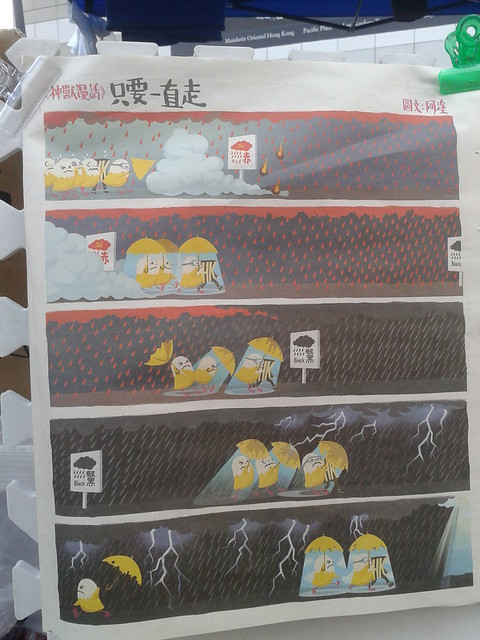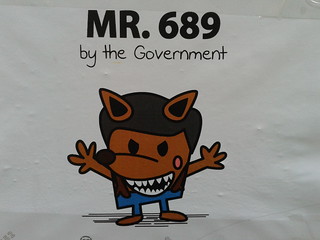Activism has a strong tradition in pushing societies to recognize new rights and making pressure in governments to respect citizens. Thus, activism means a method to spread progressive ideas. However, the latest news from Brazil call me to think about possible negative effects of this political practice.
Nowadays, Brazil is living under an economic crisis. I mean the economic growth rates are close to zero. At the same time, there is a big corruption scandal in the state oil company Petrobrás, involving construction companies and politicians (the Justice estimates the stolen amount in R$ 59 million, something like 20 million dollar). Thus, because this investigation in course, some of the most important Brazilian businessmen and politicians are in jail. The Brazilian government is under strong pressure from the political opposition and just 13% of the Brazilian thinks the president Dilma Rousseff is doing a good job.
Brazil faces a crisis scenario. So it’s easy to understand why the public sphere became mostly against the government. This behavior is part of the modern democratic experience. However, some movements call for military intervention or impeachment of president Rousseff (yet without fault for justify his removal according to the Brazilian Constitution).
I would like to talk about the “Revoltados Online” movement, because I believe that this case can help us to think about some situations in which online activism method can work against the best citizen interests. Let’s look closer. This Facebook-based movement has also a blog and a channel at YouTube. There isn’t any formal organization behind the scenes. There is no a positive agenda. The only purpose is put Rousseff away from the power, even if necessary a military intervention. The Facebook page meets 788 thousand people, which is an important amount to the Brazilian Facebook, yet it’s not a huge number. The engagement costs are low. It’s necessary just one click to enjoy. So people can follow and interact with posts.
The “Revoltados Online” finance its operation through the selling of T-shirt. The price range from R$ 50 to R$ 175. However, they don’t offer fiscal invoice, which is crime according the Brazilian legislation. It happens probably because they aren’t a formal organization, so there is no staff to provide this things.
In this context, I think that “Revoltados Online” works against the Brazilian democratic tradition; not just against the current government and its policies. I am not going to proceed a deeply exam of this case, but I’ll address three points:
Misinformation
In extreme political context, protesters need to deal the official version looking for the justice and the truth. However, I think that Revoltados Online promotes misinformation by spreading rumors without any confirmation. For example, they usually say that the government is going to change Brazil in a communist country, but there is no any evidence to support this argument. They just don’t like the social policies made by the left government, thus they create or endorse untruths and conspiracy theories.
Hate speech
In some contents, “Revoltados Online” use hate speech to attack some politicians and government supporters. In a fast search, I found words like: dirty, wino, thief, monkey. In the comments section, it’s easy find people claim against human rights, once it would be a way for the left-government supporters protect criminal people.
Social distrust in state institutions and the law
Across the world we can see examples where people need fight against the government to produce visibility on something wrong. In any place, activists need pressure government or state institutions to recognize citizen rights. This process can produce a lack of confidence in government or institutions. I don’t mean this kind of distrust. “Revoltados Online” support positions against the Brazilian democratic institutions, like the electronic electoral system – recognized one of the most secure and efficient in the world. In his duty against the government, they forget the Brazilian constitution and the democratic game.
The goal of this blog post is just remember that online activism is a political strategic available to people do almost anything. In the most of the situations, online activism can promote justice and better life for citizens, but also can be used to attack the democratic rules.
I don’t mean that Brazilian citizens can’t criticize the government – this is my main activity online in the last weeks. I am just addressing arguments that some kinds of activism work against the democratic institutions, which has been made with great difficulty by the Brazilian society. The medicine can not kill the sick person.







